REVIEW
Migratory Shorebirds Activities
1. Introduction

Image 1: Shorebirds feeding. Photo by Gayle Laidlaw.
Migratory shorebirds are a group of birds that spend much of their time in coastal areas and wetlands. They travel huge distances each year to move between where they feed in the Southern Hemisphere and where they raise their chicks in the Northern Hemisphere. This is called migration.
They breed in the northern summer in the Arctic tundra of Russia, Siberia, Alaska and other northern hemisphere locations such as Mongolia and North Eastern Asia. When the young are just six weeks old, most of the parents leave on their journey to the southern hemisphere. The chicks must feed and grow quickly so they can fly south when they are about eight weeks old, to avoid freezing as the snow and icy Arctic winds set in.
There are some shorebirds that are not considered migratory. They have all they need to feed and raise chicks where they already live. These are called resident shorebirds.
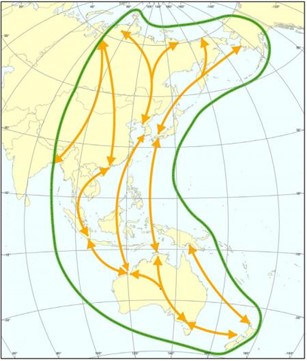
Image 2: The East-Asian Australasian Flyway (EAAF). |
|
ACTIVITY ONE: SHOREBIRDS FOOD
- Tick the food shorebirds would like to eat. (Do you think they would eat KFC?).
 |
 |
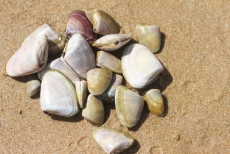 |
 |
 |
| Pizza | Cookie | Pipis | Shrimp | Worms/Polychaetes |
 |
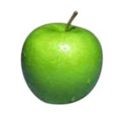 |
 |
| Ice Cream | Apple | Algae |
Image 3: Possible foods for Shorebirds.
ANSWERS BELOW
ACTIVITY TWO: HOW FAR?
- All these visit Darwin (but only two land at Lee Point). Which can fly the longest non-stop?
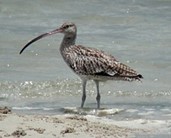 |
 |
 |
| Far Eastern Curlew | Bar Tailed Godwit | Boeing 787-8 |
Image 4: Which can fly the longest non-stop?
ANSWERS BELOW
ACTIVITY THREE: MIGRATION PATH
You are a migratory shorebird and are going to embark on your own migration along the EAAF. You will leave Lee Point, Darwin around April. Using the map below, mark and name some of the places you will visit and the path you will take.
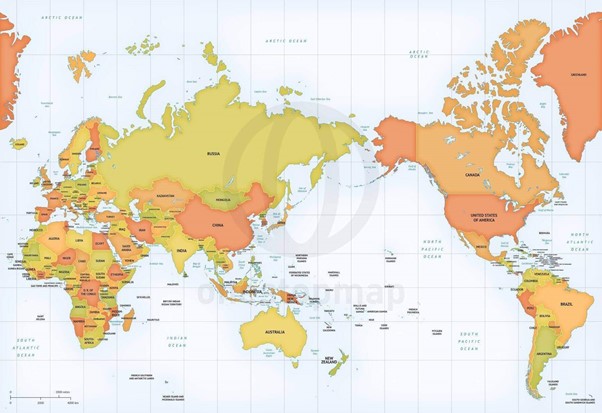
Image 5: Map of the world.
ANSWERS BELOW
ACTIVITY FOUR: COUNTRIES ON MIGRATION PATH
Pretend you are a migratory shorebird. Write a postcard for a friend or family member from one of the countries you have visited on your migration journey. On the flip side draw and colour an image of you at this place. For example:
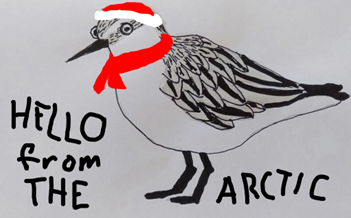 |
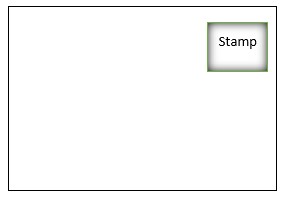 |
Image 6: Postcard to a friend.
2. Tracking Shorebirds
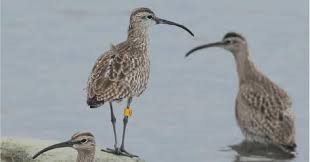 |
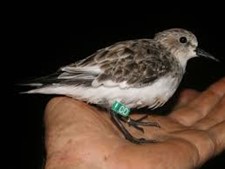 |
| Image 7: Whimbrels. | Image 8: Wader study. |
Scientists know that shorebirds travel from Australia to Russia and return to Australia because a bright flag with a set of letters or numbers is placed by researchers on the shorebirds leg. The flag works like a name tag. The researcher watching the birds through their telescope or binoculars can tell exactly which individual shorebird it is, without having to catch the bird.
Every state in Australia has its own flag colour for its shorebirds. If we saw a plain yellow flag and blue flag applied to the right leg, we know it must have been caught in a researcher’s net in Darwin. If other researchers see this bird with its colours we know where it has been.
Different countries have their own set of flags too. The list below shows the countries for the East-Asian-Australasian Flyway.
ACTIVITY FIVE: IDENTIFYING SHOREBIRDS
Using the Flagging guide below, under each bird write the country they have been flagged in.
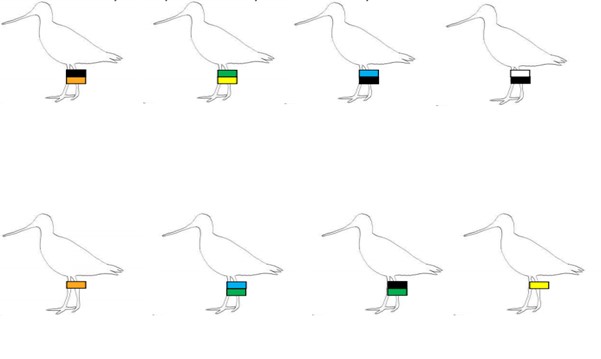
Image 9: Flagging guide question.
ANSWERS BELOW
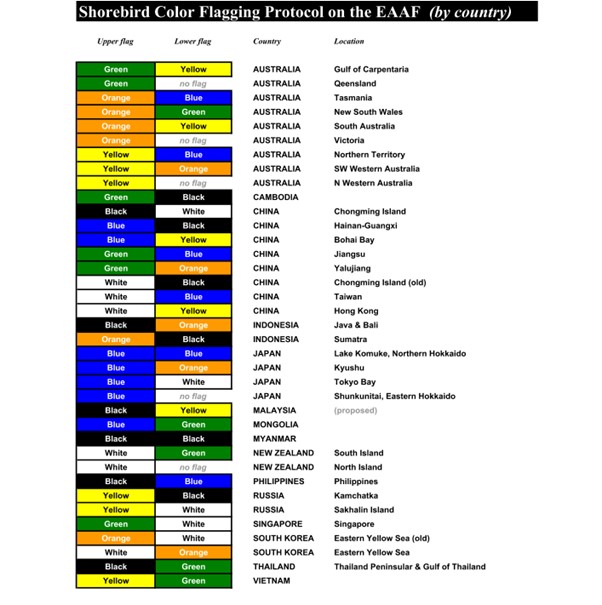
Image 10: Flagging guide.
3. Far Eastern Curlew
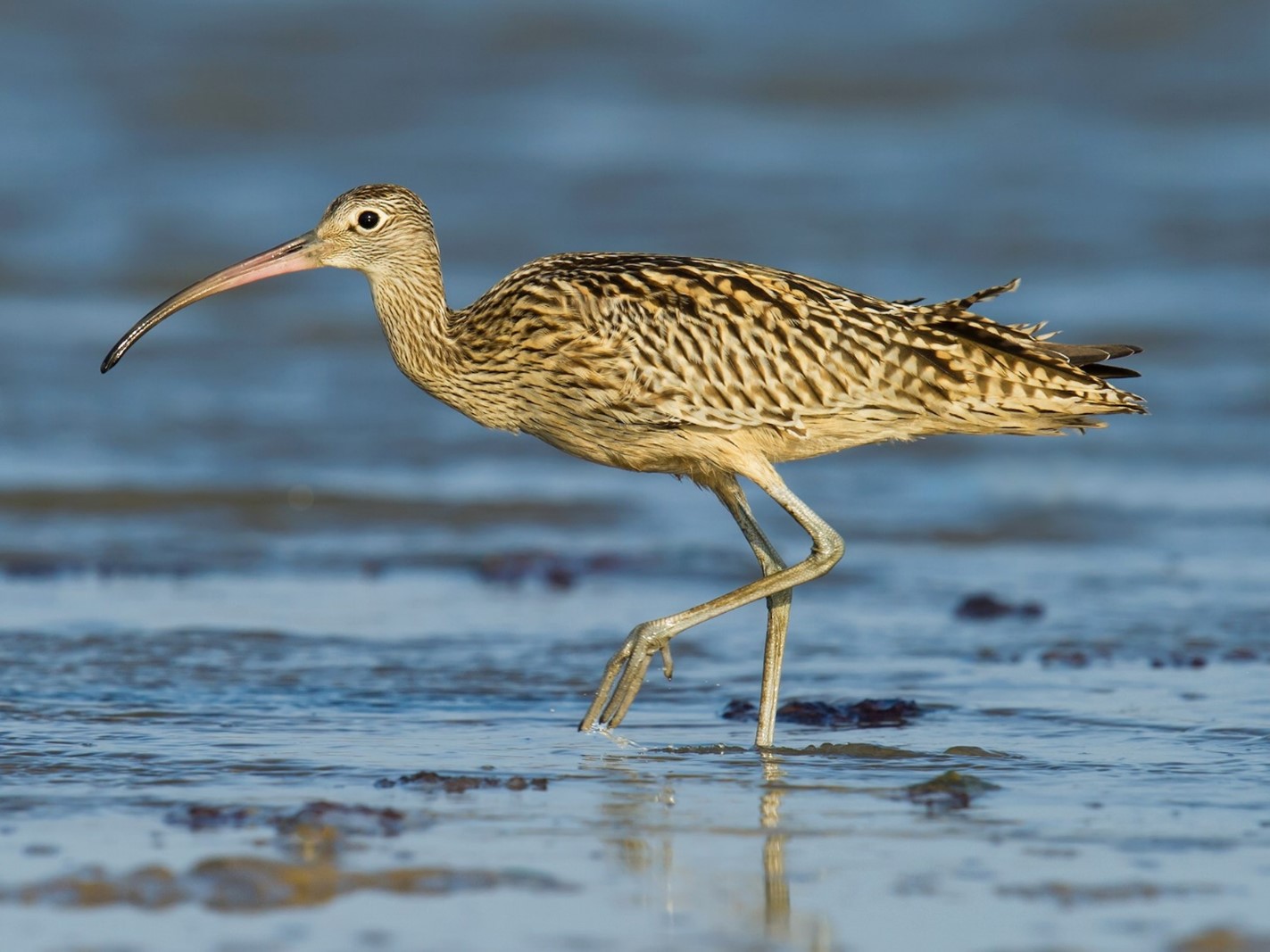
Image 11: Far Eastern Curlew.

Image 12: Far Eastern Curlew in flight.
The Far Eastern Curlew is the world’s largest migratory shorebird and has an extremely long bill, up to 20 cm in length. It uses it to probe for food (invertebrates), such as small crabs and molluscs. Foraging by day and night, it is slow and deliberate, stalking slowly on sandy and muddy flats, picking from the surface or probing deep with its long bill. It may feed in solitary but it generally congregates in large flocks to migrate or roost. Its call is a sharp, clear whistle, cuuue-reee, often repeated.
The Far Eastern Curlew spends its breeding season in the northern hemisphere, north eastern Asia, including Siberia and Mongolia. The nest is a shallow depression lined with grass. Its breeding habitat is composed of marshy and swampy wetlands and lakeshores.
Most of them spend just over half their time (Aug – March) in coastal Australia where there are lots of invertebrates, at estuaries, beaches, and salt marshes. During its migration the Far Eastern Curlew commonly passes the Yellow Sea.
Darwin has just over 1% of the world’s population of the Far Eastern Curlew. In Australia its status under the Environment Protection and Biodiversity Conservation Act is “critically endangered”.
References: https://en.wikipedia.org/wiki/Far_Eastern_curlew https://www.birdlife.org.au/bird-profile/eastern-curlew
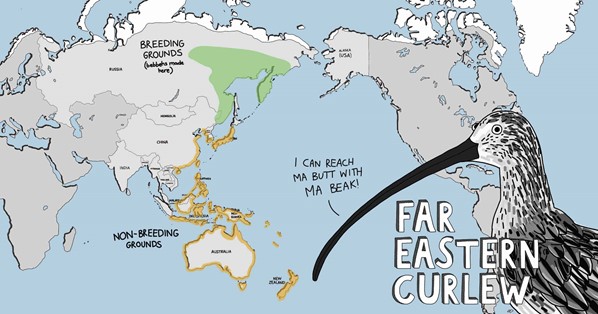
Image 13: Far Eastern Curlew with map.
ACTIVITY SIX: 12 MONTHS AS A FAR EASTERN CURLEW
Write a short story from the Far Eastern Curlews point of view that conveys a 12-month period. It can be as a diary, large picture book or narrative.
4. Red Necked Stint
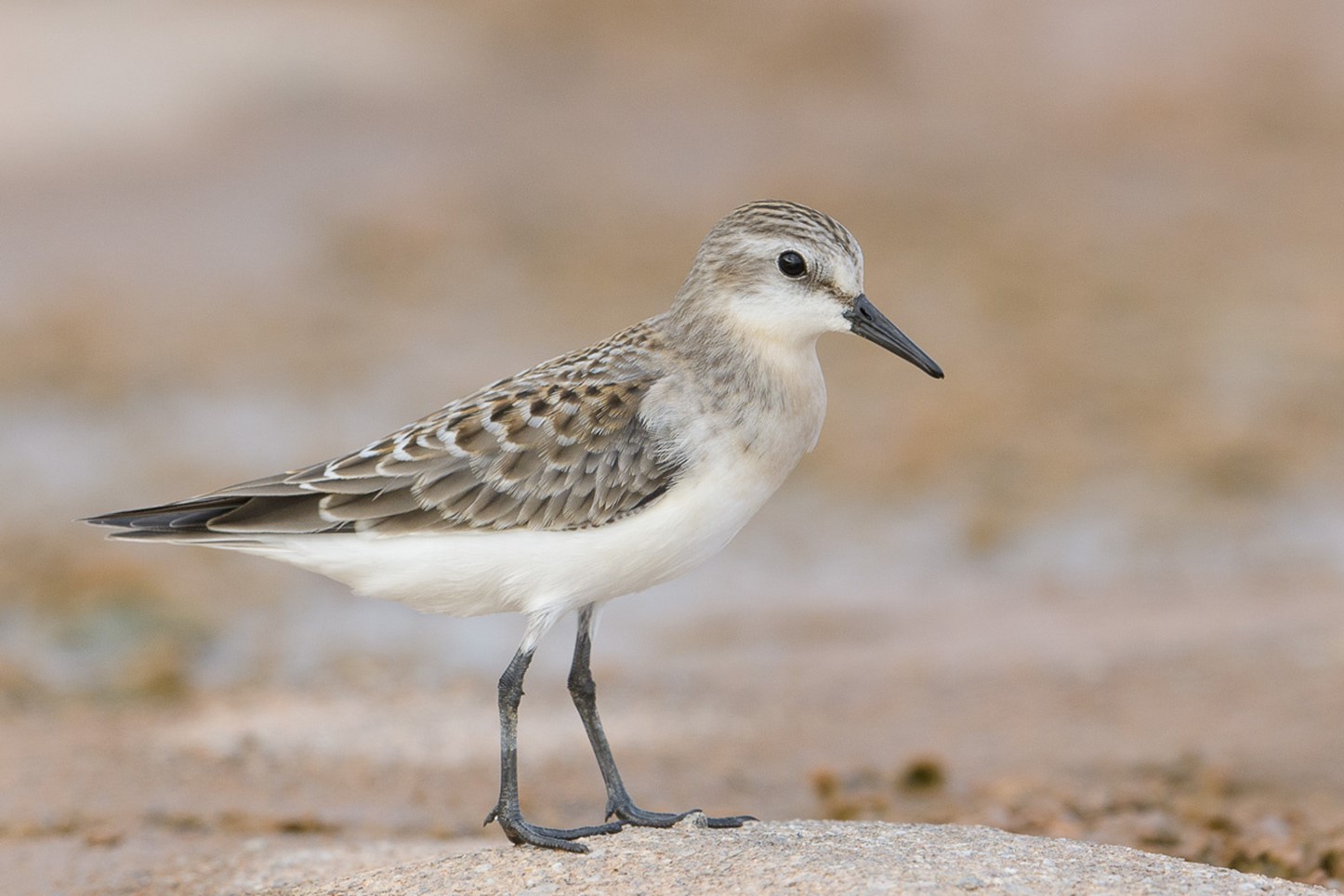
Image 14: Appearance in Australia (non-breeding grounds).
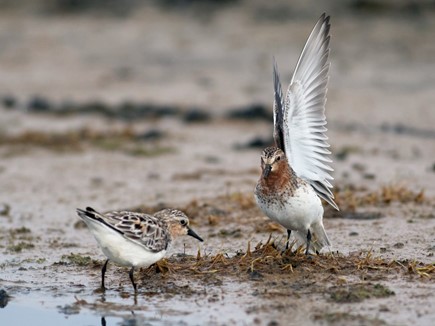
Image 15: Appearance in breeding grounds.
| The Red-necked Stint (Calidris ruficollis) breeds in north-eastern Siberia and Arctic regions. The nest is a shallow depression lined with grass or leaves on moist moss-lichen tundra. Both parents care for their young
When they leave their breeding grounds, they follow the East Asian-Australasian Flyway to spend the southern summer months in Australia. On the way they stop off on the muddy shores of the Yellow Sea, China, to refuel, before continuing on to Northern Australia. Some stay at Lee Point while others fly across the harsh interior until they reach the southern coastline. They are found widely across Australia, even in inland swamps. Red-necked Stints like to return to exactly the same place year after year. Some other migratory waders are not so fussy. |
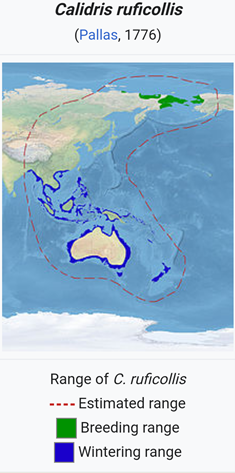 |
| Image 16: Range of Red-knecked Stint. |
These stints are highly social and will form dense flocks, feeding or roosting, with other small shorebirds, in their non-breeding areas (like Lee Point, Darwin).
Red-necked Stints forage in wet grasslands and soft mud. They are omnivorous, taking seeds, insects, small vertebrates, plants in saltmarshes, molluscs, gastropods and crustaceans. Stints can only forage for worms at shallow depths because of the shape and length of their beak.
More information on the Red-necked Stint: https://wingthreads.com/meettheshorebirds/red-necked-stint/
ACTIVITY SEVEN: WHY RED-NECKED STINTS LIKE LEE POINT
Make a poster to welcome the Red-necked Stint to Lee Point. Tell us what is good about staying here.
SUGGESTED ANSWERS BELOW
Being small doesn’t mean you can’t go a long way.
One of the smallest shorebirds you will see on a Lee Point beach is a Red-necked Stint.
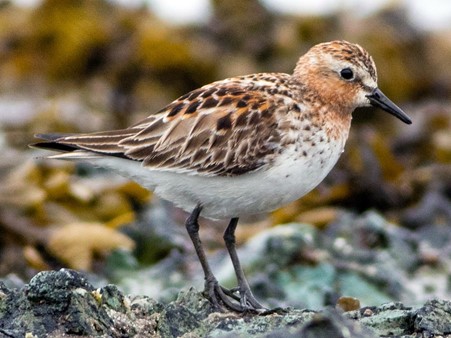
Image 17: Red-knecked Stint actual size.
The Red-necked Stint is a very small sandpiper. It measures 13–17 cm in length, 28 – 37cm in wingspan, and weighs about 21–51 g (one AA alkaline battery weights 23 g). It lives approximately 20 years.
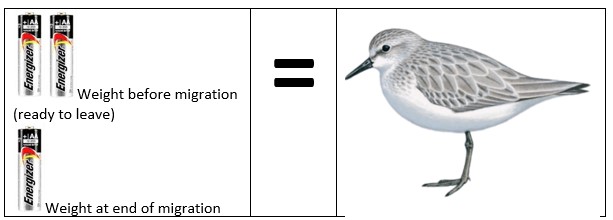
Image 18: Red-knecked Stint weight.
ACTIVITY EIGHT: DISTANCE FLOWN
How far is the Red-necked Stint expected to fly in its lifetime?
- Darwin to London
- Around the world twice
- Further than the moon
ANSWERS BELOW
A good picture story for younger people about shorebirds: https://www.youtube.com/watch?v=wkD7lRzaPsw
OTHER QUESTIONS and ACTIVITIES:
Can you think of anything in the environment that could threaten the migratory shorebirds habitat?
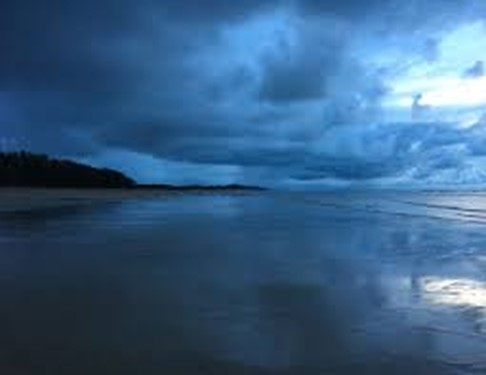
Image 19: Storms at Lee Point
EXTRA ACTIVITIES
Make a list of different ways that humans can protect migratory shorebird’s habitat.
Make a flock of different shorebirds from cardboard and a bamboo skewer and paint.
Create a poster that promotes the shorebird’s habitat as a great tourist destination.
ANSWERS:
ACTIVITY ONE:
ANSWER: Seaweed, Shrimp, Pipis & Worms.
ACTIVITY TWO:
ANSWER: Bar-tailed Godwit
The Bar-tailed Godwit flew non-stop 12,000km from Alaska to New Zealand in 11 days (tracked by GPS). The record-setting godwit is among 20 birds that were caught and tagged in late 2019 by the Pukorokoro Miranda Shorebird Centre southeast of Auckland.
The Jetstar Boeing 787-8 Dreamliner range with full payload for is 10,186km.
The Far Eastern Curlew was documented flying 3–5 days between eastern Australia and China, a distance of approximately 6500 km with an overwater leg of approximately 4500 km.
ACTIVITY THREE:
 |
Places within the East-Asian Australasian Flyway (EAAF) are appropriate. |
Image 20: The East-Asian Australasian Flyway (EAAF).
ACTIVITY FOUR:
Author’s choice.
ACTIVITY FIVE:
|
INDONESIA Java / Bali |
AUSTRALIA Gulf of Carpentaria |
CHINA Hainan – Guangxi |
CHINA Chongining Island (old) |
|
AUSTRALIA Victoria |
MONGOLIA |
THAILAND Thailand Peninsular & Gulf of Thailand |
AUSTRALIA North western Australia |
ACTIVITY SIX:
The story should include the breeding grounds and feeding grounds.
ACTIVITY SEVEN:
Some points to include in the poster are: lots of other shorebirds to be friendly with; a vast range of food to get your strength back;
ACTIVITY EIGHT:
ANSWER: Further than the moon.
The Red-necked Stint can fly 20,000km a year and live up to 20 years.
The moon is 200,000km away.
Around the world is 40,000km, and
Darwin to London is 14,000km.
-
Factsheet Activities:
- Read the Migratory shorebird fact sheet. https://birdlife.org.au/documents/Shorebirds-FactSheet.pdf
- What do the shorebirds need to do when they arrive at Lee Point?
- List the problems / challenges / threats they face when the shorebirds arrive at Lee Point, Darwin.
- Check other internet sites such as: https://www.dha.gov.au/development/residential/lee-point ,
- Create a poster, or a series of posters, to help campaign for better conditions for shorebirds. Your audience are people your age who do not have an understanding of what these shorebirds go through. You may relate it to human activities and images can be presented as stylised or cartoon format.
- Write a poem from the shorebird’s point of view about the challenges they have on arriving Darwin. You may also refer to times of travel from the breeding grounds.
- Design a wall mural to show the community the joys of shorebirds but also the challenges they have when they arrive in Darwin.
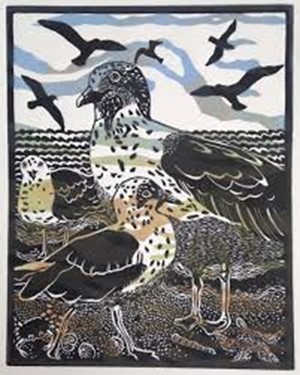
Image 21: Linocut https://anneemayimpressions.blogspot.com/2018/03/seagull-linocut.html